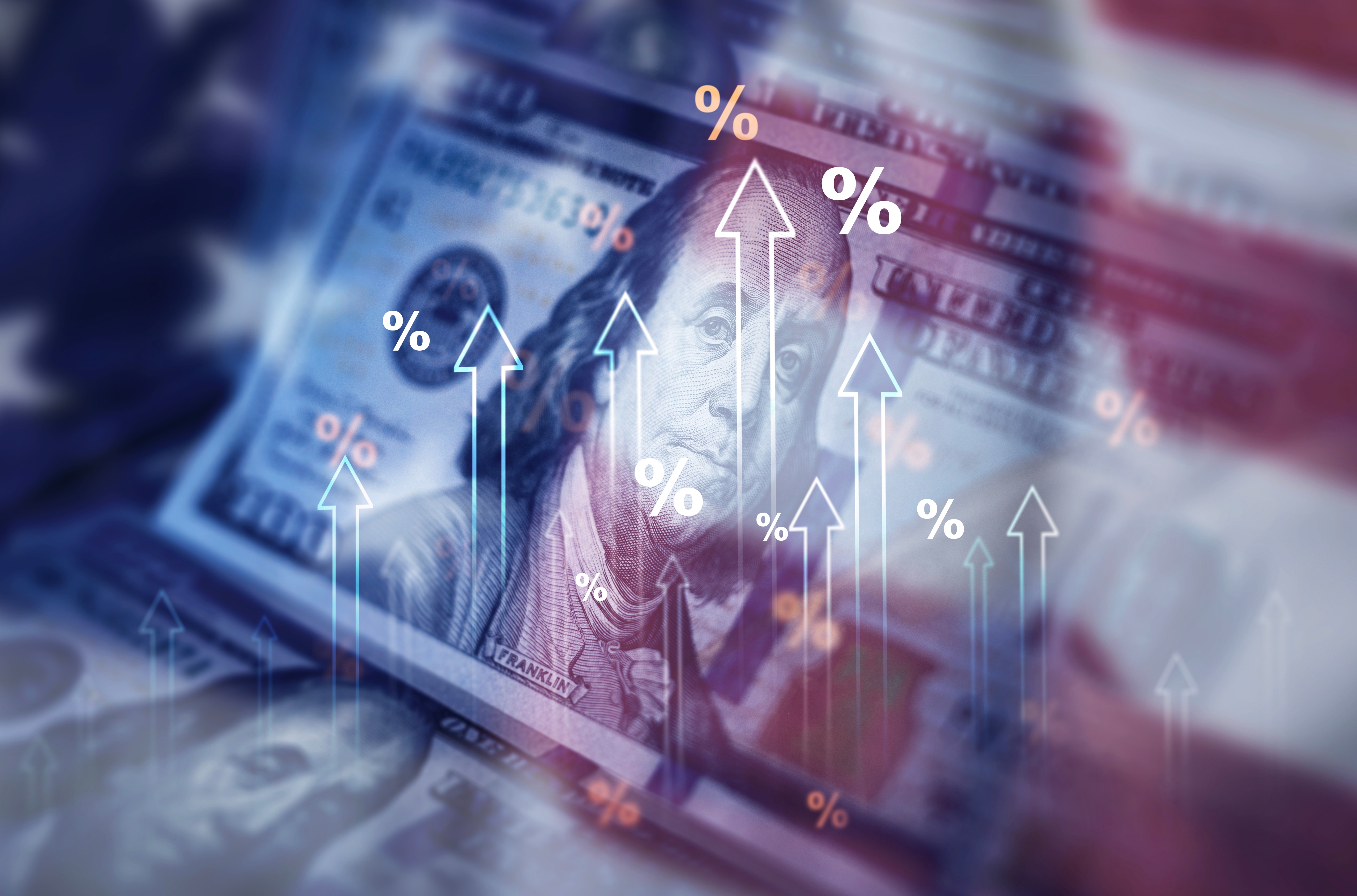
On April 2, 2025, former President Donald Trump announced a broad set of new tariffs, including a 10% tax on all imports and even steeper rates on goods from countries like China, India, and Mexico. The announcement shook global markets, and currency values reacted quickly as investors and governments tried to make sense of the news.
While we at SafeDinar.com don’t have insider information, we closely follow public developments like this because they can affect the currencies our customers buy and sell. Policy changes like tariffs often lead to currency shifts — and we aim to keep you informed about what those shifts might mean.
What’s happened since the announcement, and how might these tariffs shape currency values in the days and weeks ahead? Let’s take a closer look.
What Generally Affects Currency Exchange Rates?
Currency values change every day based on a mix of economic and political factors. Interest rates play a major role — when a country offers higher rates, it often attracts foreign investment, which can boost demand for its currency. Inflation also matters; lower inflation tends to support a stronger currency, while high inflation can weaken it over time. A country’s trade balance (how much it exports vs. imports), overall economic stability, and even global confidence in its leadership can also push a currency up or down.
In this case, the new tariffs are stirring up concerns about slower global trade and possible retaliation from key U.S. trading partners. That uncertainty is one reason we’re seeing shifts in both the U.S. dollar and currencies from emerging markets.
What Happened After the Announcement
Immediately following the announcement, the U.S. dollar weakened against many major currencies. This kind of drop is common when markets are surprised by big policy moves, especially ones that could spark trade tensions or affect global growth.
Investors moved quickly into what are known as "safe-haven" currencies — like the Japanese yen and the Swiss franc — because these are generally seen as more stable in uncertain times. We also saw gold prices rise and U.S. Treasury bond yields fall, both signs that investors were feeling cautious.
Looking ahead, currency values may continue to shift depending on how other countries respond. If the situation turns into a broader trade dispute, the U.S. dollar could continue to change in value as people and businesses adjust to the new rules and uncertainty. On the other hand, if other countries decide not to push back strongly — or work toward new agreements — currencies might settle down again.
How Past Tariffs Have Affected Currency Rates
This isn’t the first time we’ve seen major tariffs impact the currency market. During the 2018–2019 US-China trade war, the Chinese yuan lost value multiple times as businesses worried about decreased exports. Meanwhile, the U.S. dollar held relatively strong, partly because of higher interest rates at the time.
The big takeaway is that tariffs tend to inject uncertainty into the markets. They can affect a country’s ability to export goods, shift global supply chains, and cause central banks to rethink their economic strategies—all of which influence currency values.
Tariff Impact on Emerging Market Currencies
The value of currencies from countries most affected by the new tariffs — like India, China, and Mexico—has already started to drop. For instance, the Indian rupee weakened after the U.S. announced a steep new tariff on Indian imports. These kinds of reactions are common when investors expect that a country’s exports might take a hit, or that the overall economy might slow down.
We saw similar effects during earlier periods of trade tension. For example, in past years when tariffs were introduced, many manufacturers began looking to shift supply chains or reduce their reliance on specific countries. That uncertainty often caused local currencies to lose value in the short term, especially in countries heavily involved in global manufacturing.
It’s too early to say how deep or lasting these currency moves will be, but history shows that currencies from countries that rely heavily on exporting goods — like China, India, and Mexico — can quickly lose value when trade barriers go up. That’s because investors worry those countries might sell fewer products abroad, which could slow down their economies.
What Does This Mean for You?
If you're planning to exchange currency in the near future — for travel, investment, or just as a precaution — these kinds of global changes may influence the rates you see. Volatility can create opportunities, but it also adds a layer of unpredictability.
At SafeDinar.com, our exchange rates are updated daily to reflect current market conditions. That means you’re not looking at a price based on information from several days— or even weeks — ago. If something changes in the global markets, we adjust accordingly. So whether you're exchanging currency today or keeping an eye on it for an upcoming trip, you can take comfort in knowing the rate you're seeing is based on today’s realities — not outdated data.
If you're traveling soon, locking in your rate ahead of time can give you peace of mind. For example, if you're heading to Mexico next week and worried about sudden ups and downs, ordering currency in advance can help you avoid last-minute surprises.
While we can’t predict how these tariffs will play out, we’re here to help you navigate the changes and stay informed as the story develops.





